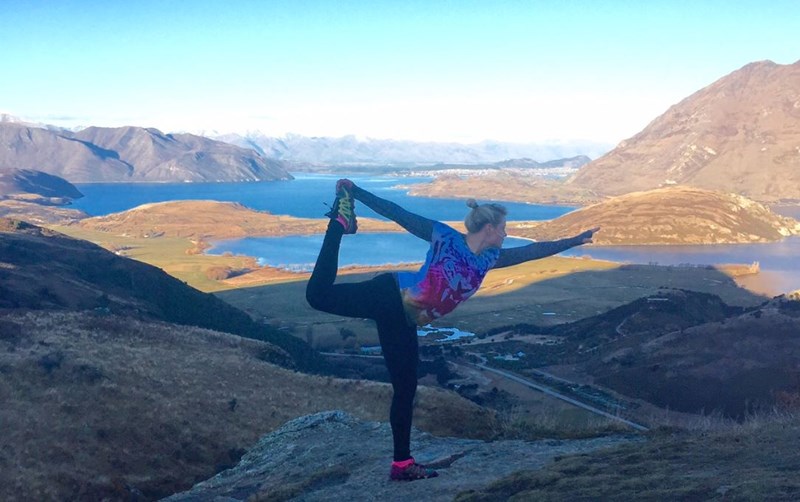
If you have a skiing or snowboarding holiday booked, you’re probably counting down the weeks until it’s just you and the mountain.
However, don’t forget that you may remember your last holiday with crystal-clear accuracy, but there’s an excellent chance that your body has forgotten, and all the little muscles you’ll use so much haven’t received much TLC recently. We spoke to Chemmy Alcott about how to get your body lean, mean and fighting fit for the slopes.

Don’t overanalyse before 10.30am, especially if you have injuries
"If you feel a bit sore and stiff when you wake up, note your aches and pains, but you may find they disappear by 10.30am - so don’t immediately book a trip to the doctor or assume you need a trip to the physio before your trip. At this point, it’s important to loosen your muscles up and gain flexibility - foam rolling will help you build this and make sure that you’re as supple as possible. It’s all about being aware of your body. I have metal in my leg and a fused neck, so until 10.30 it’s normal for me to have some niggles.

"I think yantra mats are a good idea; they’ve got small acupressure points, and help address any issues which you might have in your back. If you’ve been sitting at your desk at work, hunched over, a yantra mat will help to soothe your muscles. They’re quite cheap, too."
Look at how you can build up your core strength
"If you’re working in an office, see if you can swap your chair for an exercise ball. This will help tighten your abs and help you balance - it also works the deep inner core muscles, which are often forgotten. These are called the transverse abs, and they’re used a lot during skiing and snowboarding. Even while you’re just sitting and working, you can switch on the right muscles.

"A lot of people just think that once you have defined, strong abs, that’s it, but it’s not; I used to have a six-pack, but my inner core was very weak."
Get your nutrition sorted out
"Now is the time to build up immunity, as you’ll need it when you’re on the slopes. As winter approaches, you want to have a slightly higher percentage of body fat to keep you warm, so it’s time to stop the fruit and salad diet which you might have stuck to throughout the summer. You want to start eating lots of green, leafy vegetables and increasing your intake of wholegrains and protein.
"If you want to watch your weight, then cut down on the booze - although there are a few health benefits associated with one or two gin and tonics. I launched my own gin with Lakes Distillery in September last year; I’m definitely not averse to a tipple!"

Practise as much as you can in the UK
It’s important that you get as much practice in as possible before you travel, and the best way to do that is to find an indoor slope. If you live near a snow dome, that’s brilliant, but otherwise, a dry ski slope will do. It’s a bit harder on a dry ski slope, but that’s good - it just means that when you hit the slopes, you might find it slightly easier than you remember."
Take stock of your equipment
"Now is the time to get your skis serviced and check that your boots fit; over the summer, your feet can swell, so it’s a good idea to get them used to your ski boots again. I sometimes watch TV in mine; spending a few hours wearing them will help them remould round your feet.

"Getting your skis serviced is also hugely important - you’ll need the edges sharpened and wax applied. If you don’t take care of your skis, you’ll struggle for the first few days - especially if you’ve booked a break around Christmas or NYE. This is when the snow is still very slick and there’ll be patches of ice, so you’ll need sharp edges for a good grip."
Images: Supplied